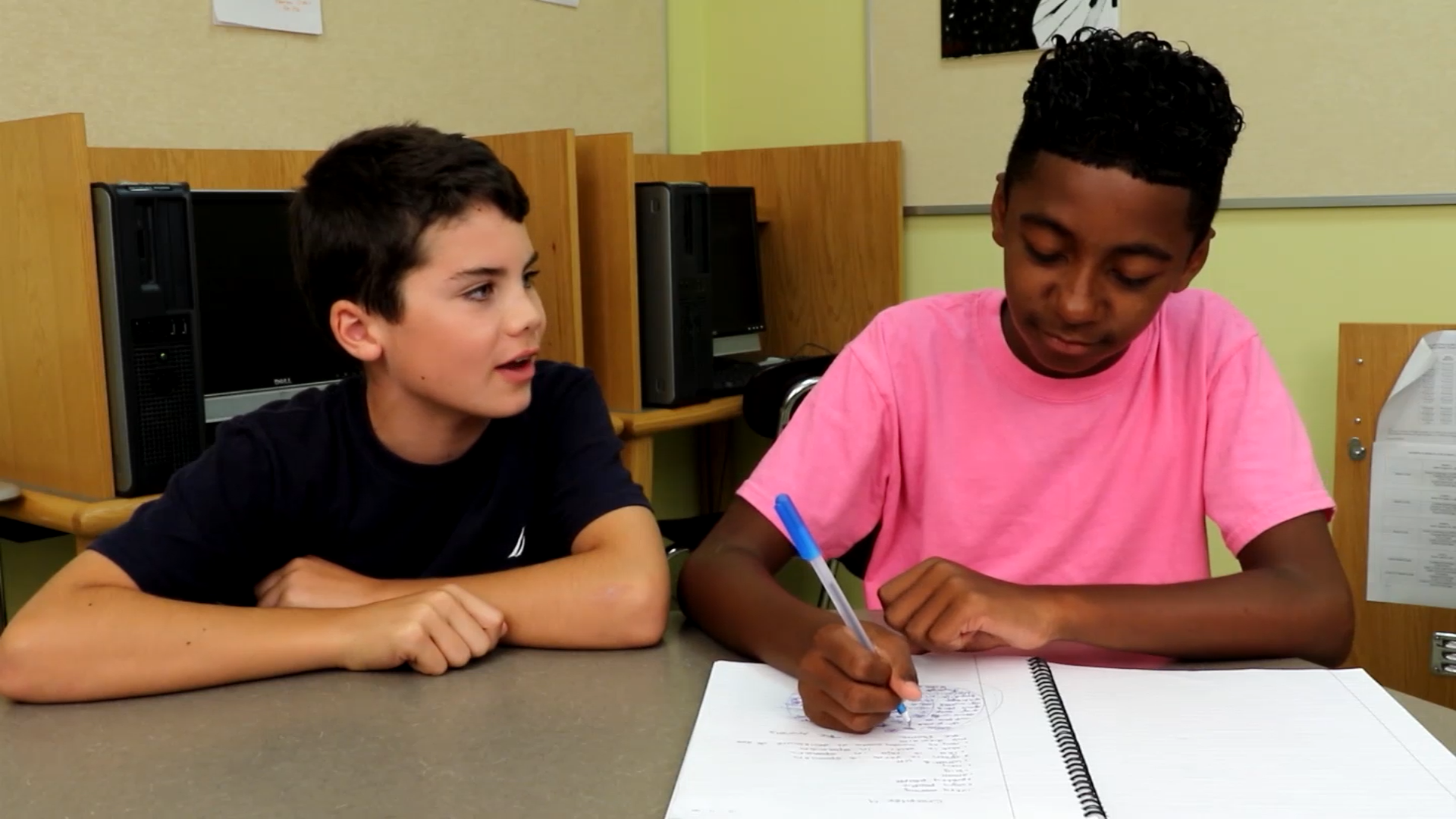
Introduction
Communication is a crucial skill for students, especially those in Special Education. Sometimes, people use indirect ways of speaking to get a message across without directly asking. This can be challenging for students, who may not always understand the intentions or desires behind someone’s words. In this blog post, we’ll explore a no-prep activity to help students learn how to figure out what people are really asking and improve their overall communication skills.
No-Prep Activity
This activity requires no preparation or materials from the educator. Begin by reading the following scenario to your students:
Jack and Connor are friends. One day, Connor learns that Jack is planning to go see a movie with another friend, Paul. Connor wants to join them but doesn’t feel comfortable asking directly. Instead, he tries to hint at his interest by mentioning how much he loves the movie series and that he lives close to the theater.
After reading the scenario, ask your students to identify the indirect communication used by Connor and discuss why he might have chosen to communicate this way. Then, have your students brainstorm ways that Jack could respond to Connor’s indirect communication and invite him to the movie without making him feel uncomfortable.
This activity not only helps students understand the concept of indirect communication but also encourages them to practice empathy and consider the feelings of others.
Discussion Questions
- Why do you think people sometimes choose to communicate indirectly instead of asking directly for what they want?
- Can you think of a time when someone used indirect communication with you? How did it make you feel, and how did you respond?
- What are some clues that someone might be using indirect communication, and how can we learn to recognize them?
- How can understanding indirect communication and intentions help us become better friends and communicators?
- What strategies can we use to respond to indirect communication in a way that supports the other person’s feelings and needs?
Related Skills
Understanding indirect communication and intentions is just one aspect of effective communication. Other related skills that can benefit students in Special Education include:
- Active listening
- Nonverbal communication
- Empathy and perspective-taking
- Assertiveness and expressing one’s own needs
- Conflict resolution
Next Steps
To further enhance your students’ understanding of indirect communication and other essential social-emotional learning skills, we encourage you to sign up for free samples of our skill-based materials at Everyday Speech. Our comprehensive resources are designed to support educators working with students in Special Education and help them develop the communication skills necessary for success in various social situations.

